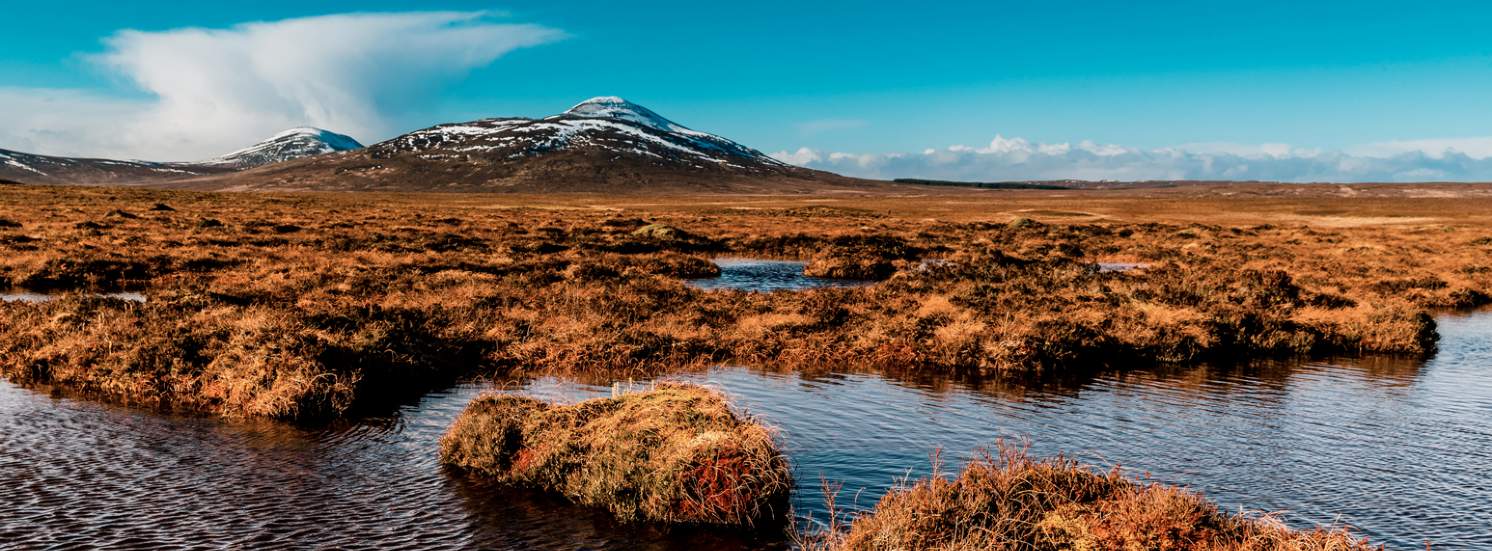Carbon dioxide is a problem, so why not simply remove it from the atmosphere? Capturing carbon dioxide (CO2) is not a simple process for three main reasons:
- CO2 is a stable molecule so removing it through specific chemical reactions is difficult.
- Concentrations are relatively low. If our atmosphere was modelled using a bowl of marbles, 7,800 would be blue (nitrogen), 2,100 would be red (oxygen). Only four would be black (carbon dioxide).
- Once released, it spreads throughout the atmosphere. Those marbles are no longer in a bowl, but flying around the inside of a warehouse. How easy would it be to catch just one black marble? This is the challenge of capturing carbon.
How to capture carbon?
Carbon capture is deployed at large, single point sources of CO2, such as power plants and industrial facilities. Here, concentrations of CO2 are higher, making it easier to capture. CO2 is often captured from the flue gasses released after burning fossil fuels and while it is difficult to capture CO2 through a chemical reaction, there are other options. The most often used is absorption, where the flue gas is passed through a liquid solvent that absorbs the CO2 but no other gasses. The solvent is then removed, releasing pure CO2 in a controlled environment.
What next?
Once captured, CO2 can be utilised. It can be used to make carbonated drinks, fuels, chemicals, or building materials. That which is not used can be stored. One option here is to inject CO2 into deep geological formations, such as depleted oil and gas reservoirs or saline aquifers. This combination of activities transforms carbon capture into carbon capture, utilisation and storage (CCUS).
Like all new technologies, CCUS has experienced teething problems and some early projects have failed. With this in mind, governments are creating commercial models to make CCUS an attractive investment. In the UK specifically, government is supporting carbon clusters around the UK to help CO2 producers collaborate with infrastructure providers and gas fields, proving business models and kick starting the sector. Whilst public money is required, CCUS at present has strong parallels with the early years of renewable energy when subsidy was needed to create what is now largely self-sustaining sector.
Are there other kinds of carbon capture?
We have talked about CCUS at point sources, but there are other options available which reduce the levels of CO2 in our atmosphere:
- Bioenergy with carbon capture and storage (BECCS): When plants photosynthesise, they take CO2 from the atmosphere and convert it to biomass. By burning biomass for energy then capturing and storing the resulting emissions, atmospheric CO2 concentrations are reduced. If the biomass is derived from waste streams, the carbon benefits of this process are augmented further.
- Biological: Growing crops, trees and other plants can capture carbon if we do not permit the biomass to decompose after it has grown. This could simply be a case of preserving forests, restoring peatland or using bio-based products in long-lived applications such as timber in housing.
- Direct air capture (DAC): DAC sucks ambient air through materials which selectively capture carbon dioxide. The cost of this technology, both in capital and energy, means it is not yet widely deployed.
Why is carbon capture important?
Before net zero is achieved, CCUS will play a significant role in reducing greenhouse gas emissions. It can reduce the volumes of CO2 reaching the atmosphere from some of the most polluting sources. Even in a world where we have achieved net zero, CCUS will still have an important role to play in creating a carbon negative world; one that removes more carbon than it is emitting and reversing at least some of the damage that climate change will inevitably cause. CCUS cannot achieve all of this alone. It is one of a suite of measures that must be developed and deployed to prevent catastrophic climate change. But in a world struggling to achieve net zero and keep warming below 1.5°C, no tool or technology can be rejected.
Further information
Contact Joe Lloyd or Rob Asquith

.jpg)







.jpg)
.jpg)